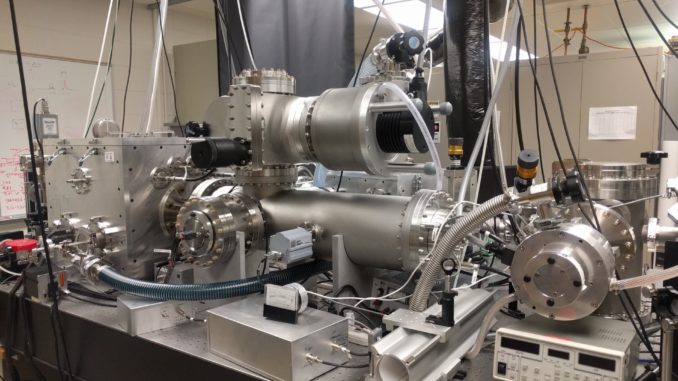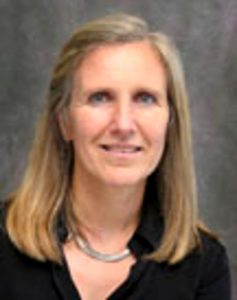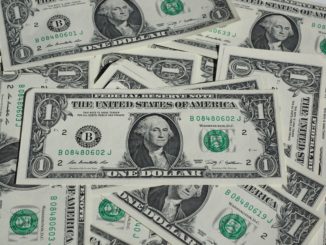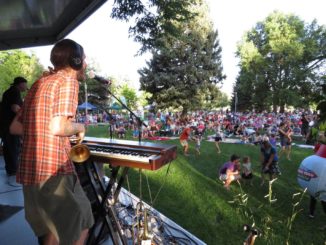
If you watch crime shows on TV, you’ve seen forensics in action. Dusting for fingerprints. Analyzing DNA from a toothbrush. Determining whether a bloodstain is human or animal. Detecting poison in a dead person’s body.
Forensics uses science to detect crimes and identify the “bad guys.” It’s been around for hundreds of years. In 13th-century China, a murderer was betrayed by minute traces of blood on his sickle, which he’d washed after the crime. All villagers were required to bring their sickles for examination, and even though no blood could be seen, a horde of flies gathered on his sickle, and his sickle only.
By the time examining fingerprints entered the picture in the mid-1800s, all sorts of clever but relatively crude crime-detection methods were already in use. Nowadays, with super-sensitive scientific instruments and computers, it’s harder than ever for a criminal to get away with it.
That goes for terrorists, too.
In the 1990s, a new branch of forensic science joined the club: nuclear forensics. That science, according to the Department of Homeland Security, focuses on determining the origin of smuggled plutonium, uranium, or other radioactive materials, and on helping to determine those responsible for a terrorist nuclear device detonation.
Nuclear bomb material.
And that’s where Colorado State University comes in.

Distinguished Professor Carmen Menoni of CSU, whose lab will be helping Homeland Security identify nuclear materials
The CSU lab of University Distinguished Professor Carmen Menoni has been selected for a Nuclear Forensics Research Award (NFRA) from the Department of Homeland Security.
The award will bring Pacific Northwest National Laboratory scientist Lydia Rush to CSU as a Ph.D. student in Menoni’s lab in the Department of Electrical and Computer Engineering. Rush and other students “will be trained in cutting-edge, laser-based mass spectral imaging and forensics,” says CSU.
That mouthful simply means that Menoni, her collaborator Rush, and students will be taking a close look at nuclear materials, to determine exactly what they’re made of and what their origin may be.
Make that, a really close look: Menoni and her team hope to identify minute quantities of actinides or other trace elements in materials.
Menoni’s lab will be creating a new instrument, a super-sensitive version of a mass spectrometer developed at CSU, capable of detecting trace amounts of uranium and other trace materials. Trace, indeed—this machine will be able to detect a small quantity of atoms of such materials.
“The new instrument we are going to build is going to be far more sensitive than our previous generation extreme ultraviolet time-of-flight mass spectrometry instrument,” said Menoni. “It will employ a magnetic sector to identify uranium, thorium and their isotopes at a concentration of a few parts per million.”
No wonder the Department of Homeland Security’s Domestic Nuclear Detection Office (DNDO) is awarding Menoni’s lab its support. That nuclear forensics detective work can help determine the origin, as well as the content, of any radioactive materials found in the U.S. or seized upon entry into the country—and, similar to a telltale fingerprint, those clues may help lead to the “bad guys.”
For more details about this award and project, please see CSU’s “Source” article at http://source.colostate.edu/researchers-designing-instrument-identify-uranium-atoms-time/
Support Northern Colorado Journalism
Show your support for North Forty News by helping us produce more content. It's a kind and simple gesture that will help us continue to bring more content to you.
BONUS - Donors get a link in their receipt to sign up for our once-per-week instant text messaging alert. Get your e-copy of North Forty News the moment it is released!
Click to Donate



